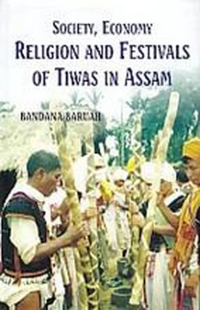I have also attached some screenshots of course lectures for your reference.
2. [12 pts] Consider the figure below which compares the average costs (AC) of ridership for two different transportation systems, for two similarly populated cities: Atlanta and Barcelona (both 2.6 million, and they share the same identical cost curves), where observed hourly light-rail passenger volumes are 11K and 32 K, respectively. a. [6 pts] Explain why the light-rail system is negatively sloped while the highway system AC curve is positively sloped (List all reasons covered in our lectures) b. [6 pts] What policy tools could the Major of Atlanta employ in order to increase public transport ridership? List both transportation related tools and urban growth related tools. Average Cost per rider (5) Highway System- Automobiles Light-rail System Hourly passenger volume (1,000) Other Rationales for Transit Subsidies Conventional models (AC curves) does NOT take into account the Externalities from automobiles: congestion, environmental, collision 1. Los Angeles: Externalities alone justify operating subsidy of 27% for peak bus 2. Washington DC rail: Externalities alone justify operating subsidy of 37% for peak rail 3. London: Externalities alone justify operating subsidy of 50% for peak railDesigning a Transit System ong-run perspective: Include capital, operating, time costs as well as negative externalities, i.e. 0 System Cost - Capital: Laying rails and buying transit vehicles - Operating: Labor, fuel, maintenance of vehicles, roads, and rails - Externalities: Environmental and public health costs Other Design Features Mainline vs. integrated: Modal switches increase access time Distance between bus and stops and rail stations: Line-haul time versus access time The first-last mile program by Uber and Lyft Take urban design into account Implications - Figure represents costs for city with residential density typical of US cities - Low density (less than 6,000 passenger volume): Auto is most efficient - Bus is less costly than rapid-rail for all volumes studied - lower access , lower capital cost, lower operating cost - Higher environmental cost, higher time costs Implications for Cities with Higher Residential Density . Heavy-rail system less costly than bus for volumes > 30,000 (even though not visible on the graph) . Heavy rail is efficient choice for New York and Chicago . New heavy rail (Washington, Atlanta, Baltimore, Miami): ridership below thresholdTransit and Land-Use Patterns Urban transportation systems affect land use patterns. The experience in Atlanta suggests that supply does not create demand (not yet). substantial investment in mass transit, including heavy-rail MARTA 2% of additional residents within 800 meters of transit station 1% of additional jobs within 800 meters of transit station. The experience of San Francisco's BART suggests a weak connection between transit design and land-use patterns. small effects objectiveincrease employment near transit stations clustering negligible outside central business district rail transit efficient if combines with policies increasing density and punishing driving Average Cost for Transit System AC (operator): negatively sloped from conventional scale economies: spread the fixed cost of indivisible inputs AC (time): rider time cost - Increase in ridership allows more frequent service and lower access time cost - Example: tripling ridership from R1 to R3 decreases time cost from t1 to t3 Sum of operator and rider cost: Negatively sloped Environmental effects: Varies by mode (per person increasing over ridership for automobile, decreasing for mass transport)














